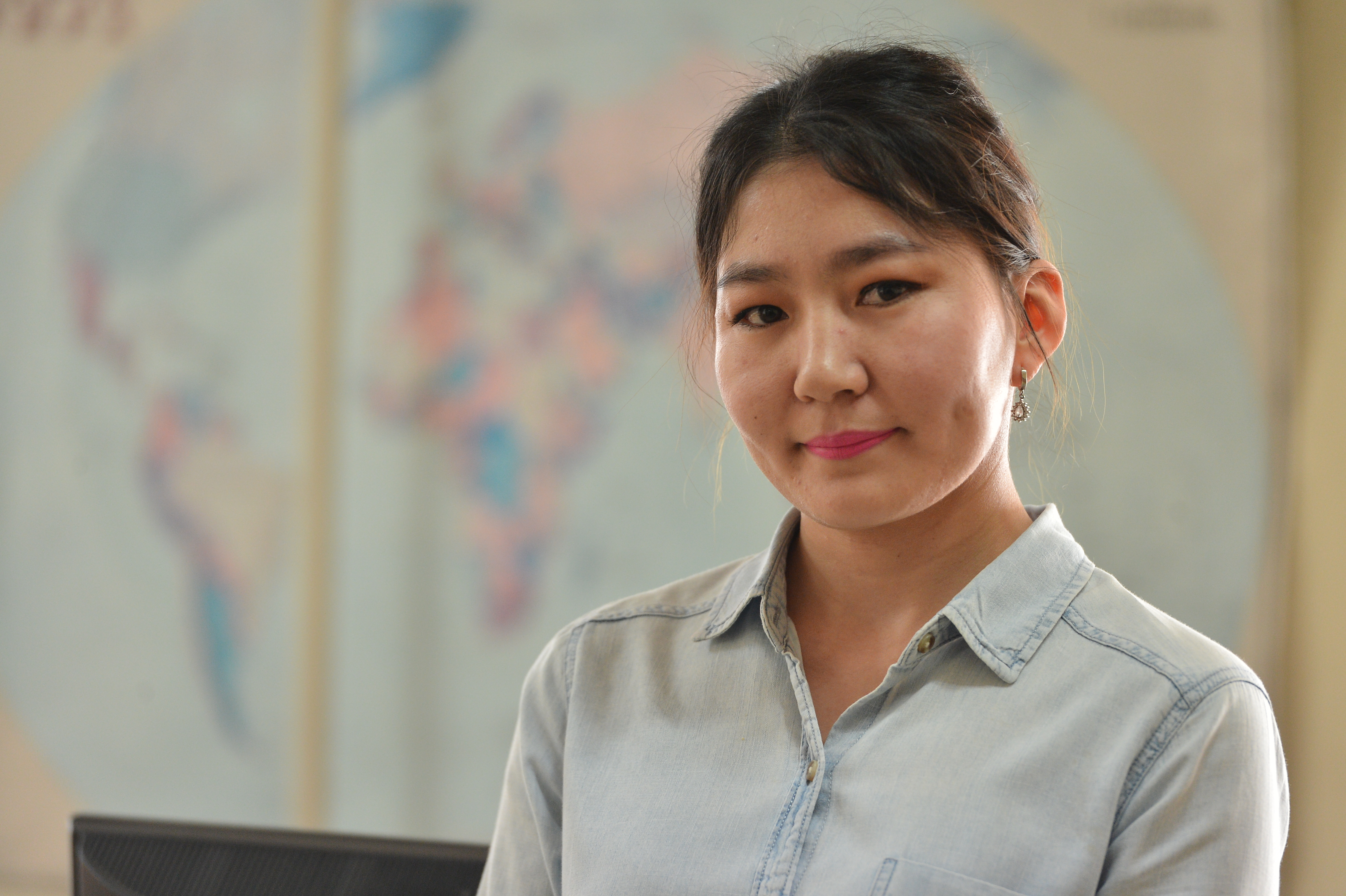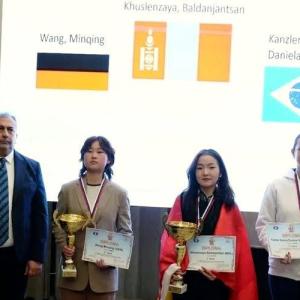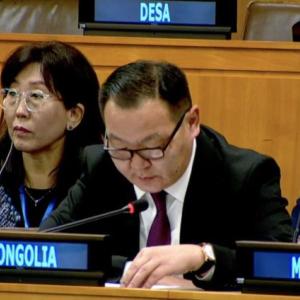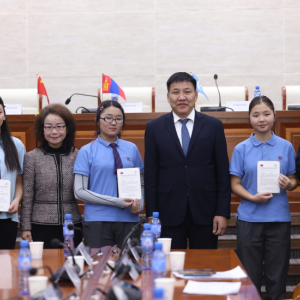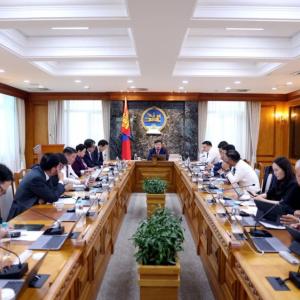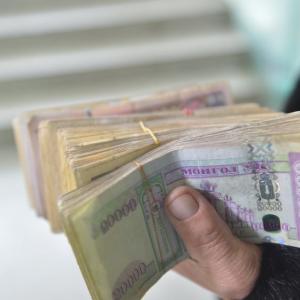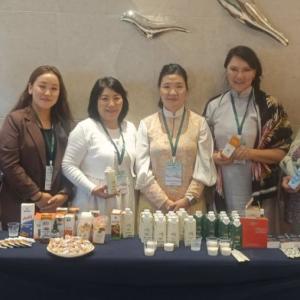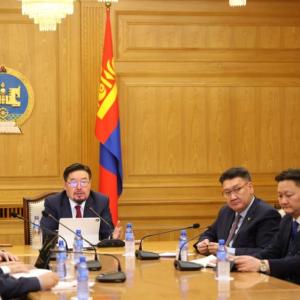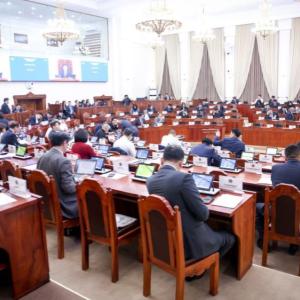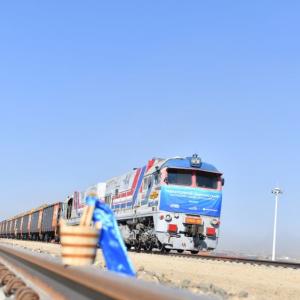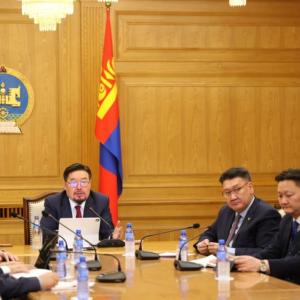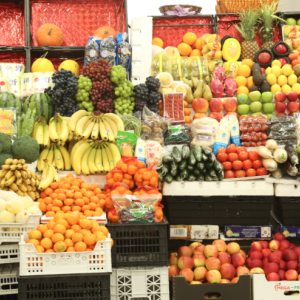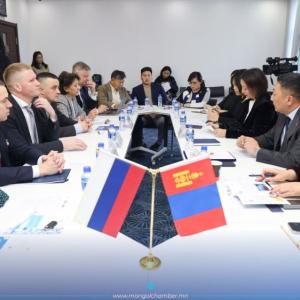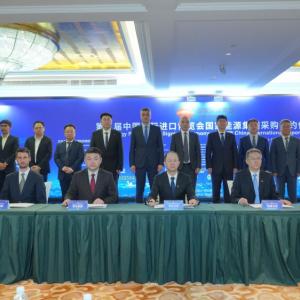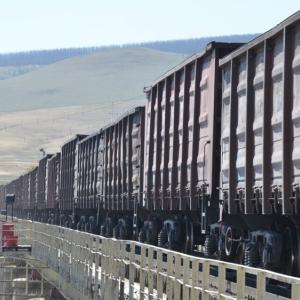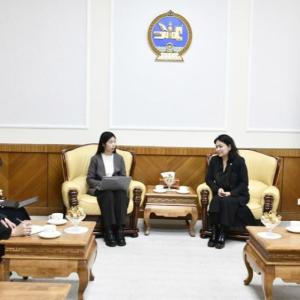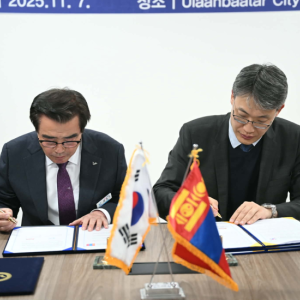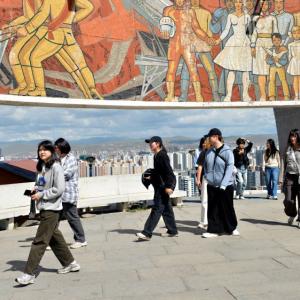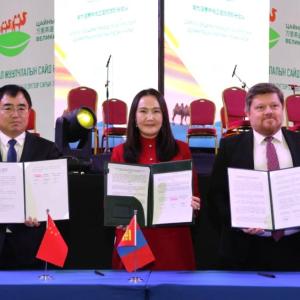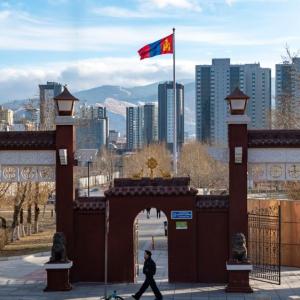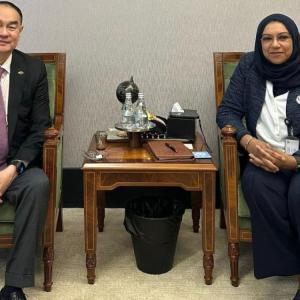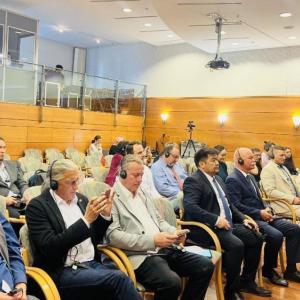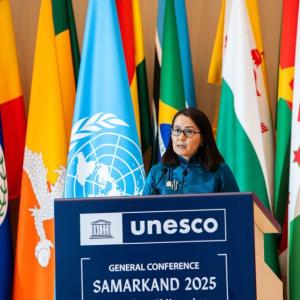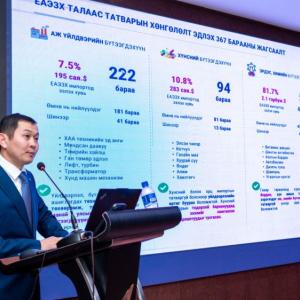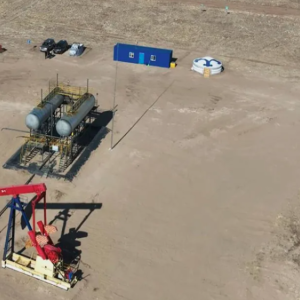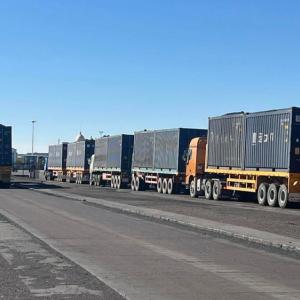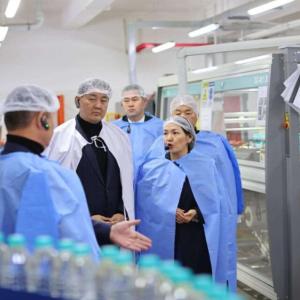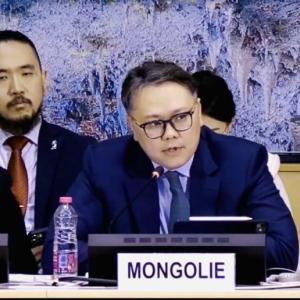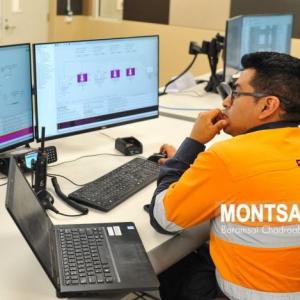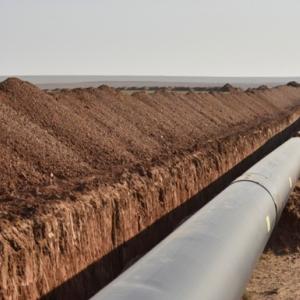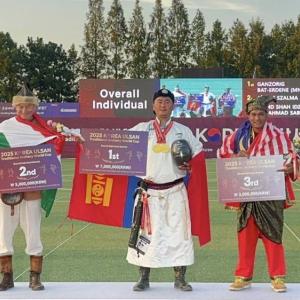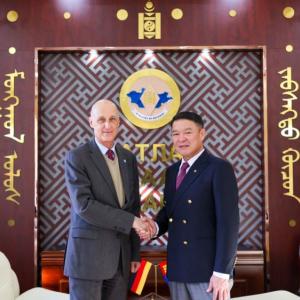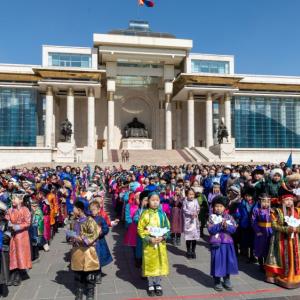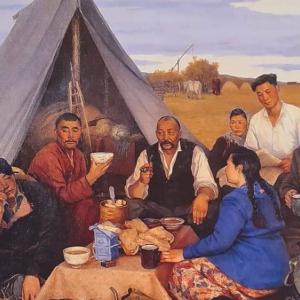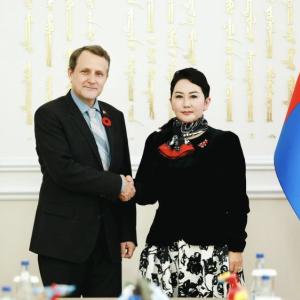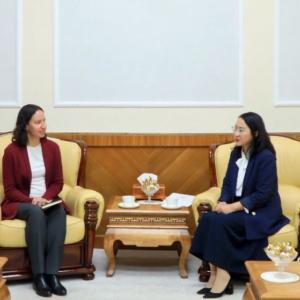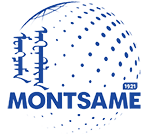Government coordination needed to reduce large amount of raw material waste
Economy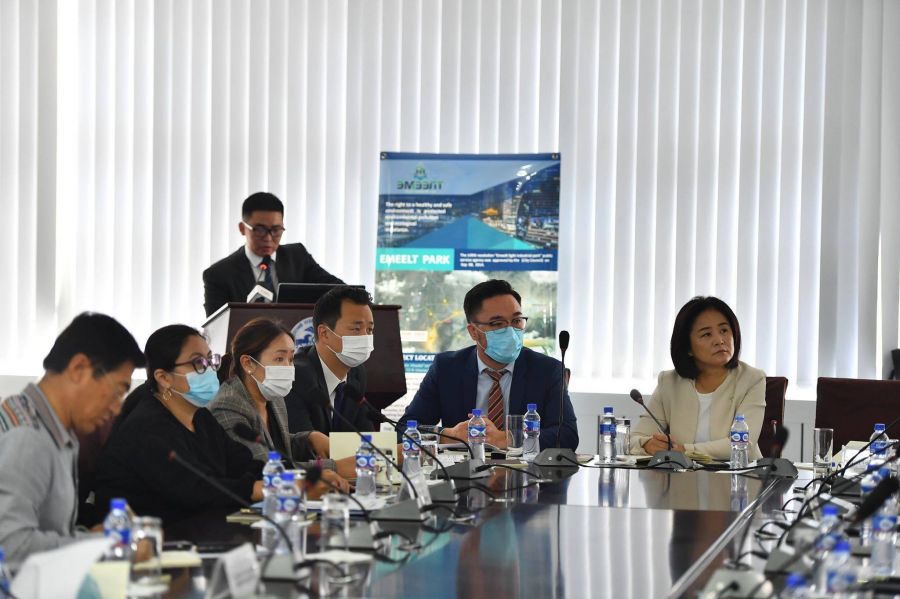
Ulaanbaatar /MONTSAME/ A discussion themed “Current state and development of leather and cashmere processing industry” for a project to establish Emeelt Light Industry and Technology Park took place on September 8 at the Mongolian National Chamber of Commerce and Industry.
The leather and cashmere production park is to be established on 160 hectares of Shar Huviin Khooloi, which locates at the 13th khoroo of Khan-Uul district and in collaboration with industrial enterprises and scientific institutions it is expected to process 8.3 million skin and leather, wash 22,000 tons of wool in the park and create some 8300 new jobs in the coming 10 years. And it is projected to build industrial facility on 66 hectares, engineering facility on 41.6 hectares, research and innovation zone on 11 hectares, transport and logistics on 15.5 hectares and green facility on 25.2 hectares of Shar Huviin Hooloi in Emeelt town.
At the discussion, presentations were delivered on the topics of Emeelt Light Industry and Technology Eco Park, its future positive impacts to the country’s economy, society and environment, decentralization of Ulaanbaatar city, job creation, establishment of modern, international standard and export-oriented park as well as possibilities of re-using grey water from the processing plants.
Although
there are currently over 30 skin and leather processing plants in Ulaanbaatar city, they are lack of processing their raw materials completely. Improving the
quality of raw materials will enable to raise its price alongside creating possibilities
to receive order from overseas countries, Head of the Mongolian Association of
Leather Industry T.Bayarsaikhan mentioned.
While Mr. D.Khandsuren from the Mongolian University of Life Sciences stressed that the Government coordination is needed to reduce large amount of raw material waste caused by low quality of agricultural raw materials, which led to over 80 percent of supply with no demand.
According to statistics of last year, Mongolia processed 7.4 percent of its cashmere, 9.4 percent of wool and 9.3 percent of leather domestically and this is a relatively reduced performance.
The discussion was attended by some Members of the Parliament, representatives from the Ministry of Food, Agriculture and Light Industry, Governor’s Office of the Capital City, Science, Production and Innovation Authority of Ulaanbaatar city, Ulaanbaatar City Development Corporation JSC, professional associations of Mongolian leather and wool industries, Institute of Light Industry Research and Development, NGOs of the sector and research team of the World Bank.
 Ulaanbaatar
Ulaanbaatar





